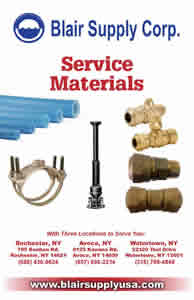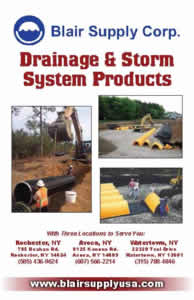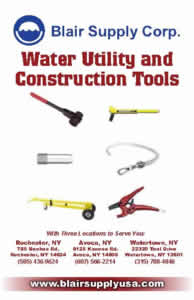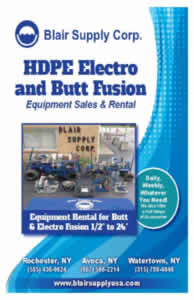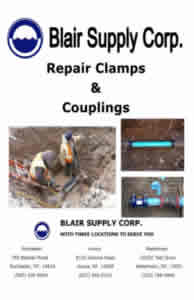Blog
Ultrasonic Water Meters 101
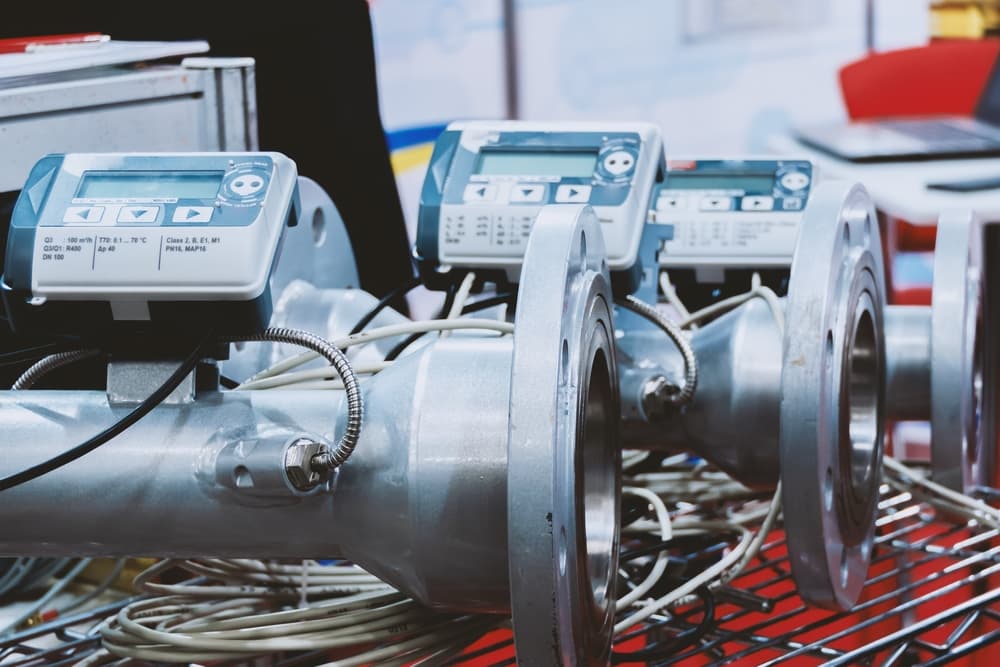
In the modern world, where resource conservation and efficient management are paramount, technology plays a crucial role. Among the latest technological advancements, ultrasonic water meters have emerged as a game-changer in the realm of water management. These devices are not only innovative but also align with the growing need for accuracy and efficiency in water measurement.
As the world moves towards more sustainable practices, technologies like ultrasonic water meters will play a pivotal role in ensuring the judicious use and management of our precious water resources.
In today’s blog post, we’ll introduce you to the world of ultrasonic water meters, unravel how they work, and explain why they stand apart among water measurement solutions so you’re up to speed with the basics when you start looking for water meters for sale in Rochester.
How does an ultrasonic water meter work?
Ultrasonic water meters represent a significant leap forward in water management technology. Their accuracy, reliability, and low maintenance requirements make them an excellent choice for both residential and commercial applications. The integration of ultrasonic meters with digital systems paves the way for smarter water management, ultimately contributing to conservation efforts and efficient utility operations.
Unlike traditional meters that rely on mechanical parts to measure water flow, ultrasonic meters use sound waves to determine water usage. They are made up of two ultrasonic transducers positioned on the opposite sides of a pipe. When water flows through the pipe, these transducers send and receive ultrasonic pulses.
The working mechanism revolves around the time it takes for these ultrasonic pulses to traverse the water-filled pipe. When there is no flow, the transit time of the pulses in both directions remains equal. However, when water flows, it affects the speed of the pulses. The flow rate of the water causes a difference in transit times between the pulses moving upstream and those going downstream. This difference is proportional to the velocity of the water flow, allowing the meter to calculate the volume of water passing through the pipe.
Ultrasonic meters are also smart devices. They can be integrated with modern communication technologies, allowing for remote monitoring and data analysis. This integration enables utilities and consumers to track water usage in real-time, fostering better water management and conservation practices. The data collected can be used to detect leaks, analyze consumption patterns, and even accurately predict future water needs.
Advantages of ultrasonic water meters
Accuracy and reliability: Ultrasonic meters maintain their accuracy over a wide range of flow rates and do not degrade over time due to sediment or particles in the water.
Low maintenance: With no moving parts, these meters require less maintenance compared to traditional mechanical meters.
Leak detection: They are capable of detecting leaks and abnormal flow conditions, which can lead to prompt rectification and conservation of water.
Digital integration: The ability to integrate with digital systems allows for better data management and real-time monitoring of water usage.
 Where can I find high-end water meters for sale in Rochester, NY?
Where can I find high-end water meters for sale in Rochester, NY?
As an industry leader who’s been at the forefront of water infrastructure innovations for almost 70 years, Blair Supply Corp has a distinguished track record, industry know-how, and an uncompromising approach to delivering the latest solutions in the water/wastewater industry.
From wireless M-Bus measuring instruments and innovative radio-integrated water meters to state-of-the-art Zenner residential water meters, we have the right setup for your home, business, municipality, and utility construction company. No matter which side of the Genesee River you’re located, our team will furnish you with a high-tech system that’s sure to impress. Give us a call today!

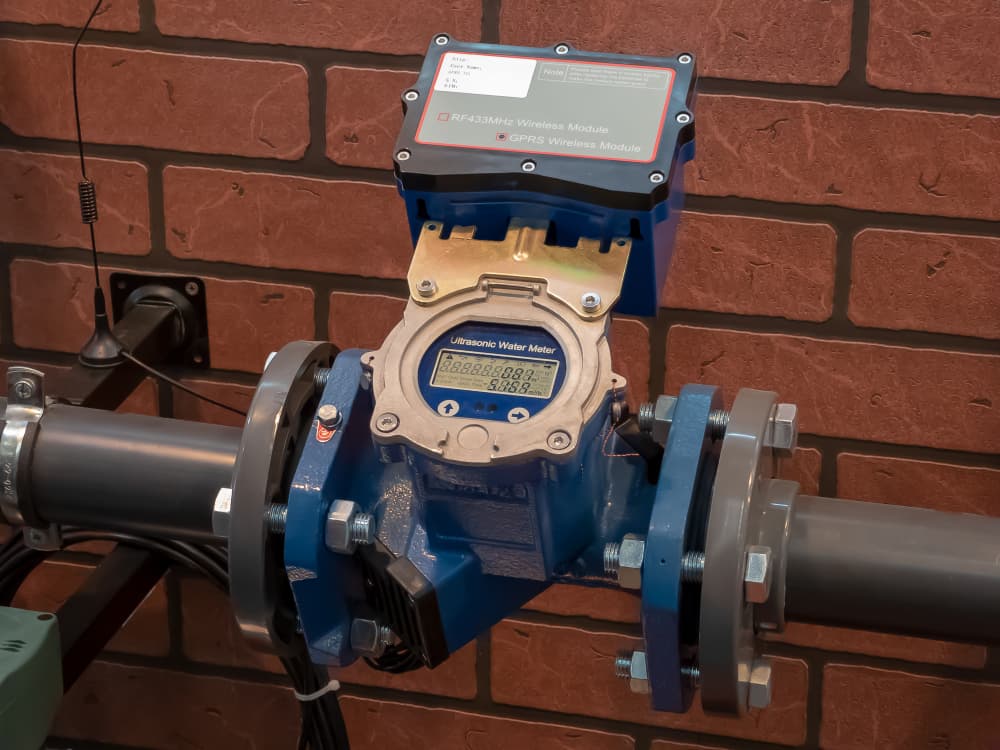 Where can I find high-end
Where can I find high-end 